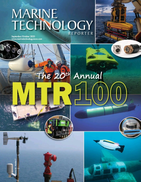Viridien Starts Sparse OBN Project in the Gulf of Mexico
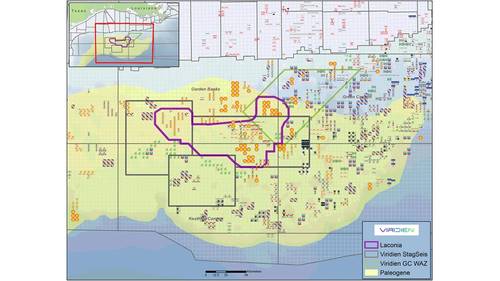
Map showing location of Viridien’s new Laconia 3D OBN survey (image courtesy of Viridien Earth Data). Block and operator data source: Wood Mackenzie Lens Upstream © 2024.
Viridien has announced the start of the Laconia 3D OBN multi-client seismic program in the US Gulf of Mexico.
Covering 330 offshore continental shelf (OCS) blocks in the Garden Banks and Keathley Canyon protraction areas, the project is supported by industry funding. Acquisition started in July 2024 with delivery of initial products scheduled for Q2 2025.
The complex salt geometry in the Garden Banks and Keathly Canyon area creates significant sub-salt exploration and imaging challenges.
To improve the resulting images and subsurface information, the survey will record extra-long-offset full-azimuth OBN data and utilize the Sercel TPS™ (Tuned Pulsed Source), an environmentally friendly low-frequency marine seismic source.
The technological breakthrough of the Tuned Pulsed Source, coupled with Viridien’s advanced imaging expertise, proprietary elastic full-waveform inversion (E-FWI) technology, and high-performance computing will maximize the uplift for subsalt imaging and reservoir delineation provided by the increased low-frequency content and improved signal-to-noise ratio.
Dechun Lin, EVP, Earth Data, Viridien, said: “Our new Laconia OBN survey reflects Viridien’s ongoing commitment to support the industry in the Gulf of Mexico. With the powerful combination of Viridien’s highly differentiating technologies applied to this survey, we will deliver best-in-class images to reveal unprecedented subsalt detail and previously hidden resource potential. This will revitalize the underlying data and allow a better understanding of the complex subsalt geology and deep targets associated with the area to aid both exploration and the continuing development of discovered energy resources.”
Viridien rebranded from CGG, and CEO Sophie Zurquiyah said: “We are very proud of our core businesses of geoscience, earth data, and sensing & monitoring, but we want to add new businesses by leveraging those core technology strengths that we have. We are looking at markets in the low-carbon area, such as carbon storage, minerals and mining, as well as high-performance computing and infrastructure monitoring.”

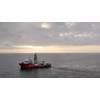

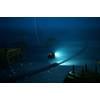

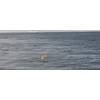
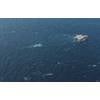






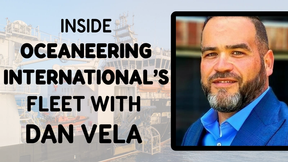
 August 2025
August 2025


